Frederick Douglass escaped from slavery and went on to become one of the leading African American figures of his time. He is famous for being a prominent leader in the campaigns against slavery and for giving blacks the right to vote. Douglass also established the newspaper The North Star, wrote autobiographies and held several posts in the government which were the highest held by an African American during the 19th century. Know more about the life of Frederick Douglass through these 10 interesting facts.
#1 HE WAS SEPARATED FROM HIS MOTHER WHEN HE WAS AN INFANT
Frederick Douglass was born Frederick Augustus Washington Bailey in Talbot County in the U.S. state of Maryland. The day and the year of his birth are not known though he celebrated his birthday on February 14. His mother Harriet Bailey was a field slave. Douglass was not sure who his father was but believed it might have been his white master Aaron Anthony. He was separated from his mother when he was an infant and lived with his maternal grandmother, Betty Bailey. His mother died when he was around 10 years old.
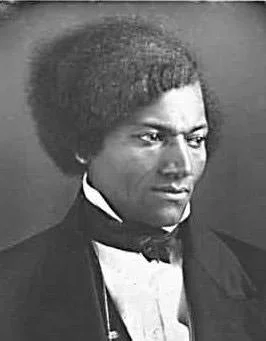
#2 HE LEARNED TO READ SECRETLY AND WAS WHIPPED SO THAT HE WOULD BREAK
Frederick spent most of his early years serving Hugh Auld in Baltimore. Hugh’s wife taught him the alphabet when he was 12 but gave up when her husband found out and objected. Frederick nonetheless continued to learn secretly from white children and was soon reading newspapers, books etc. He gave lessons to other slaves in the plantation but when their owners discovered they busted the gathering and it never resumed. Hugh’s brother sent Frederick to Edward Covey, who was known as a slave-breaker. Frederick was whipped regularly and was about to break psychologically. However after he fought back and won a physical confrontation with Covey, he was never beaten again.
#3 HE ESCAPED FROM SLAVERY USING A SAILOR’S UNIFORM
Frederick made two failed attempts to escape in his teens. In 1837 he fell in love with a free African American woman named Anna Murray. To help him escape, Anna provided him with money and a sailor’s uniform while he obtained identification papers from a free black seaman. On September 3, 1838, Frederick successfully escaped from slavery, reached New York and went to the house of David Ruggles, a noted African-American abolitionist. His journey to freedom took less than 24 hours.
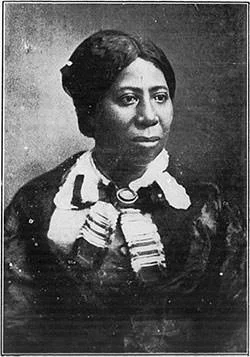
#4 HE TOOK THE SURNAME DOUGLASS FROM A POEM BY SIR WALTER SCOTT
On September 15, 1838, 11 days after he escaped to New York, Frederick married Anna Murray. They took the surname Douglass, after a character in the poem The Lady of the Lake by Sir Walter Scott. The couple had five children. Anna Murray-Douglass died in 1882. In 1884, Frederick married Helen Pitts, who was a female rights activist. As Helen was white and around 20 years younger than Douglass, the marriage created a controversy. They remained together till the death of Douglass in 1895.
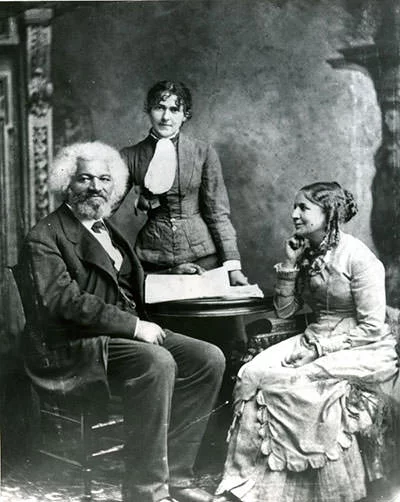
#5 HIS AUTOBIOGRAPHIES WERE IMPORTANT IN SPREADING THE ANTI-SLAVERY SENTIMENT
In 1845, autobiography of Douglass, Narrative of the Life of Frederick Douglass, an American Slave was published. It was well received by both critics and the public selling 5,000 copies within four months. Douglass published two more autobiographies My Bondage and My Freedom in 1855 and Life and Times of Frederick Douglass in 1881. His works were important in fueling Abolitionism, the movement to end slavery. They are now considered among the best written accounts of slave tradition and as classics of American autobiography.
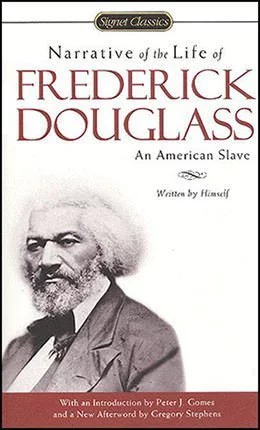
#6 HE GAINED LEGAL FREEDOM DUE TO HIS BRITISH SUPPORTERS
After the success of his first autobiography, Douglass and his friends feared that the publicity might make his ex-owner try to reclaim him. So he departed for Europe in August 1845 and remained in Ireland and Britain for two years. During his stay Douglass was delighted for not being racially discriminated. He gave several lectures which were well attended and was able to win many supporters. It was his supporters in England that raised funds and contacted his former master Hugh Auld to purchase his freedom. Paperwork was finalized and in December 1846, Douglass became a free man legally. He returned to U.S. the following year.
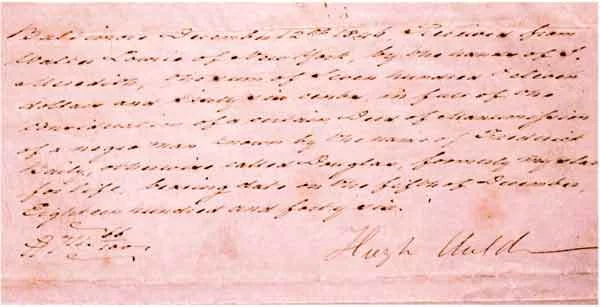
#7 HE DIDN’T SUPPORT RADICAL ABOLITIONISTS LIKE WILLIAM GARRISON AND JOHN BROWN
Douglass was a member of American Anti-Slavery Society which was founded by William Lloyd Garrison. However while Garrison burned copies of the constitution as he considered it pro-slavery, Douglass considered it an anti-slavery document and wanted to use it in the fight against slavery. This led to one of the most notable divisions in the Abolitionism movement in America. Also when John Brown, a radical abolitionist, told Douglass of his plan to start an armed slave rebellion, Douglass disapproved of it and distanced himself from activities regarding it.

#8 DOUGLASS WAS THE MOST PROMINENT AFRICAN AMERICAN ABOLITIONIST
Douglass was a brilliant orator and well known for his fiery speeches. His oratory and writing skills made him the most prominent African American abolitionist and an important leader in the movement. In December 1847, Douglass established the newspaper The North Star, which developed into the most influential African American antislavery publication of the time. The Abolitionism movement gained prominence during the American Civil War and President Lincoln issued the Emancipation Proclamation on January 1, 1863. After the war, Thirteenth Amendment to the U.S. Constitution abolished slavery in US.

#9 HE WAS THE FIRST AFRICAN AMERICAN TO BE NOMINATED FOR VICE PRESIDENT OF AMERICA
Frederick Douglass held several posts in the government which were the highest held by an African American during the 19th century. He was the first black U.S. Marshall and was even appointed U.S. Minister to Haiti in 1889. In 1872, the radical Equal Rights Party ran Frederick Douglass for Vice President of U.S. Though he was nominated without his knowledge and didn’t campaign, this made him the first African American to be nominated for the post. In 1888, Douglass was invited to speak at the presidential nominating convention of Republican Party and became the first African American to receive a vote for President of U.S. in a major party’s roll call vote.
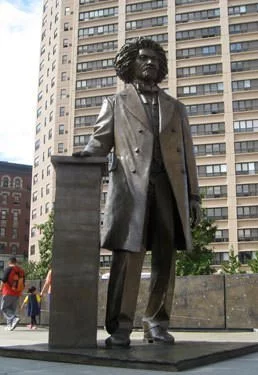
#10 HE FOUGHT FOR AFRICAN AMERICAN AND WOMEN’S SUFFRAGE
Douglass was deeply religious but criticized religious people who supported or were silent against slavery. Apart from his anti-slavery efforts, he played a part in African American’s being granted the right to vote. He also fought for equal rights for women and other oppressed groups, most prominently for women’s suffrage. On February 20, 1895, Douglass died of a heart attack when he returned to his house after attending a meeting of the National Council of Women in Washington. Several places have been named in his honor including the Frederick Douglass Memorial Bridge which was built in 1950.

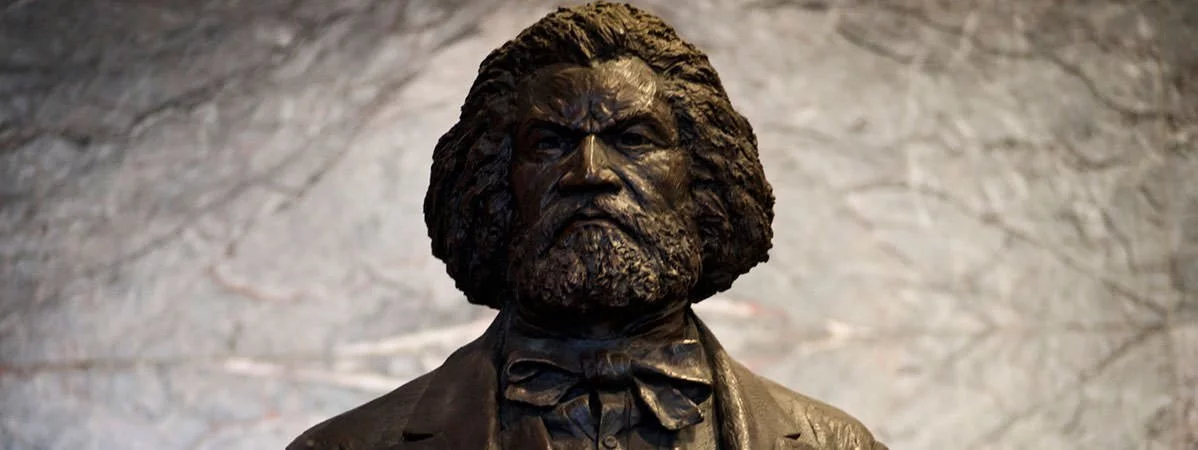
I literally had a paper for 10 interesting facts on Fredrick Douglass so this gave me every answer
Helped a lot with my Fredrick Douglass project.
Happy to help.